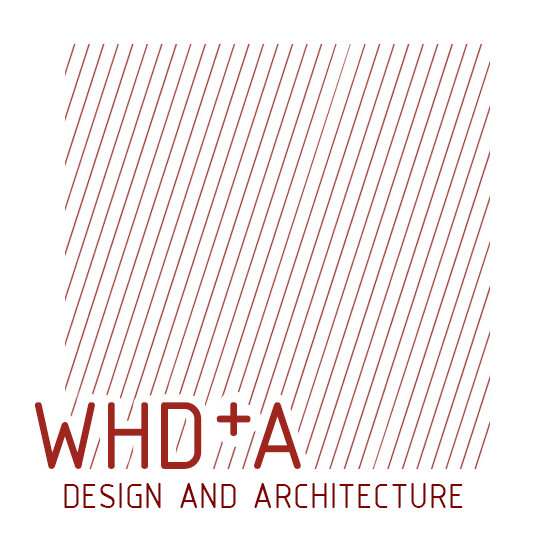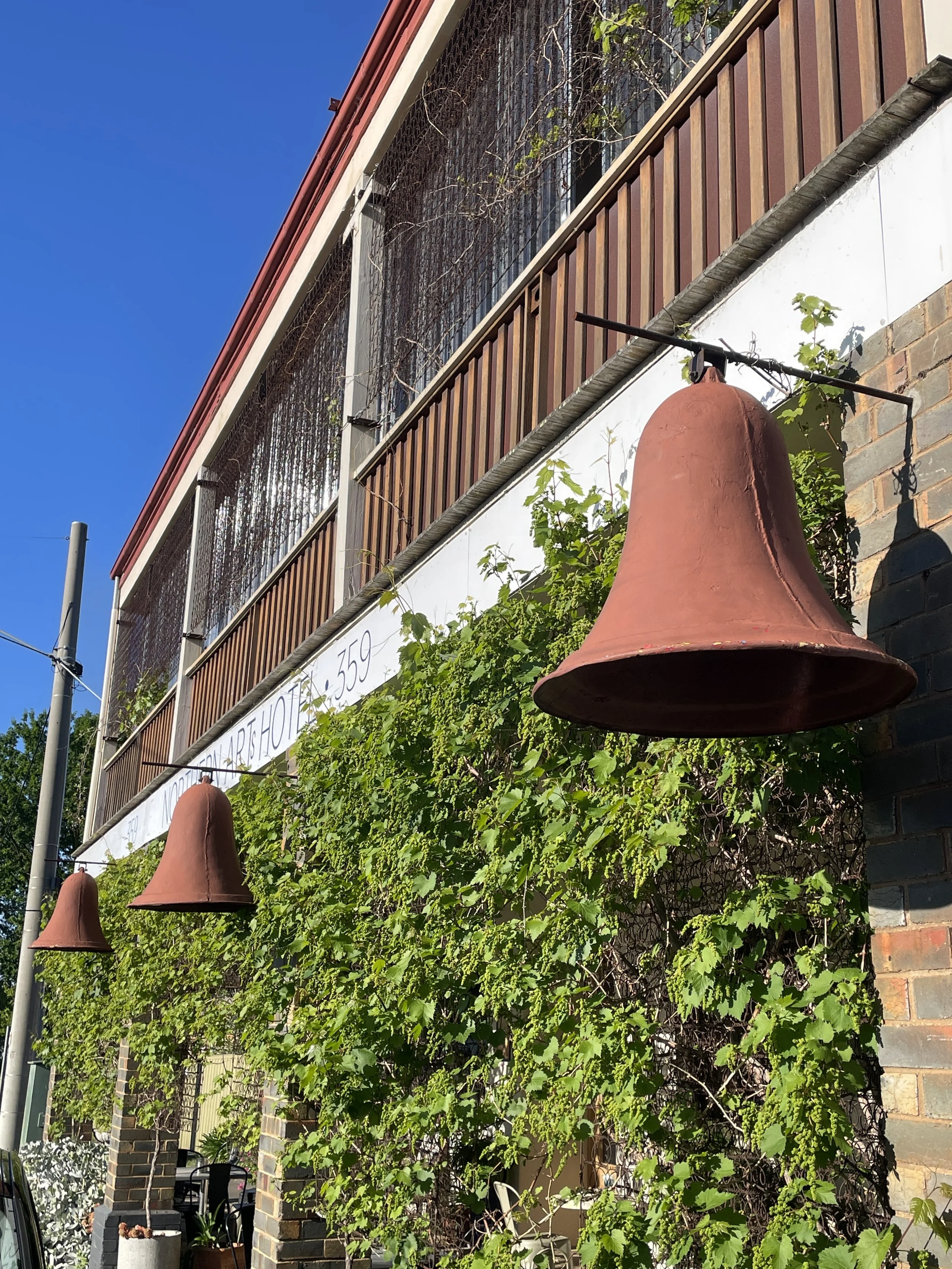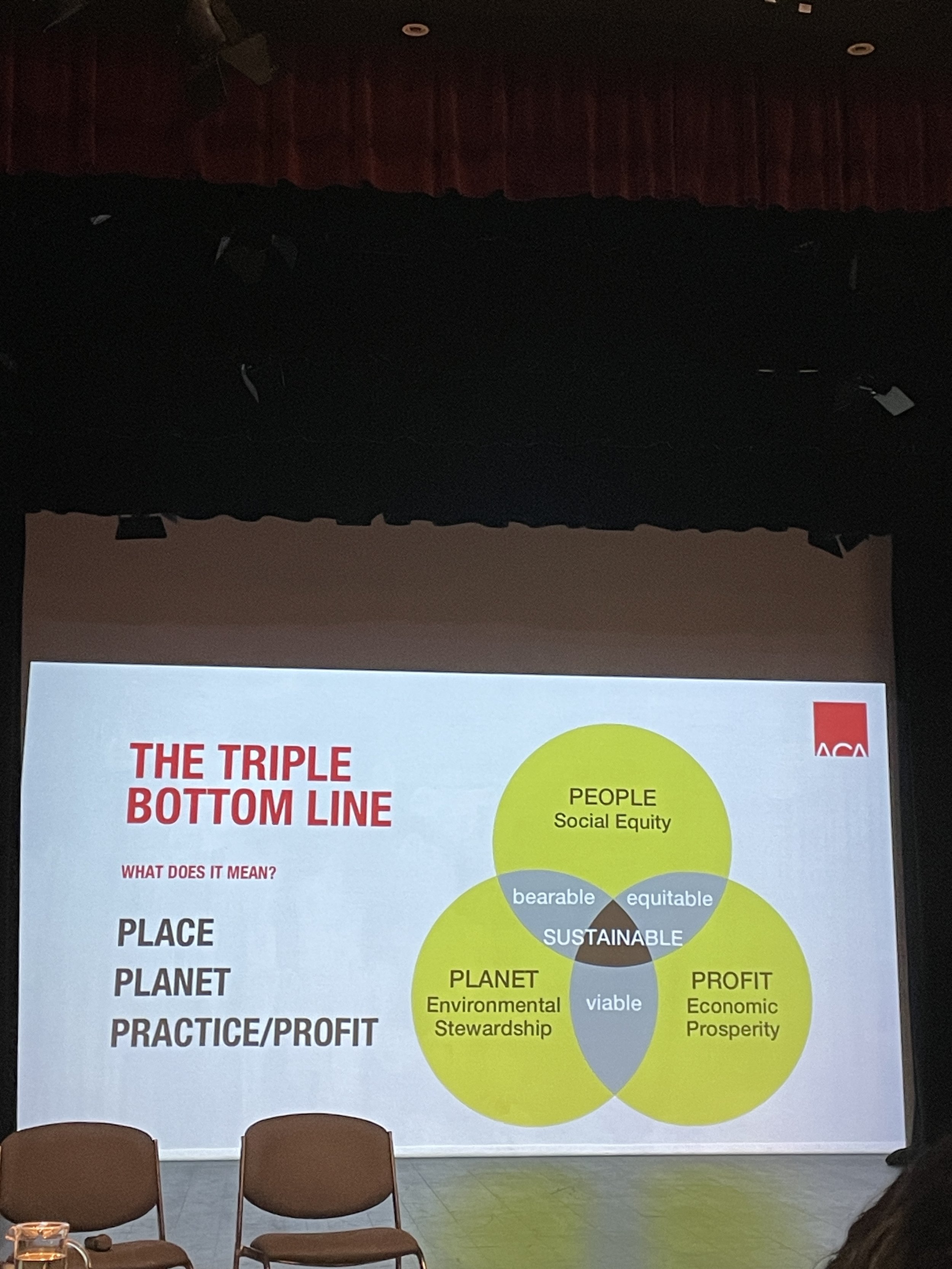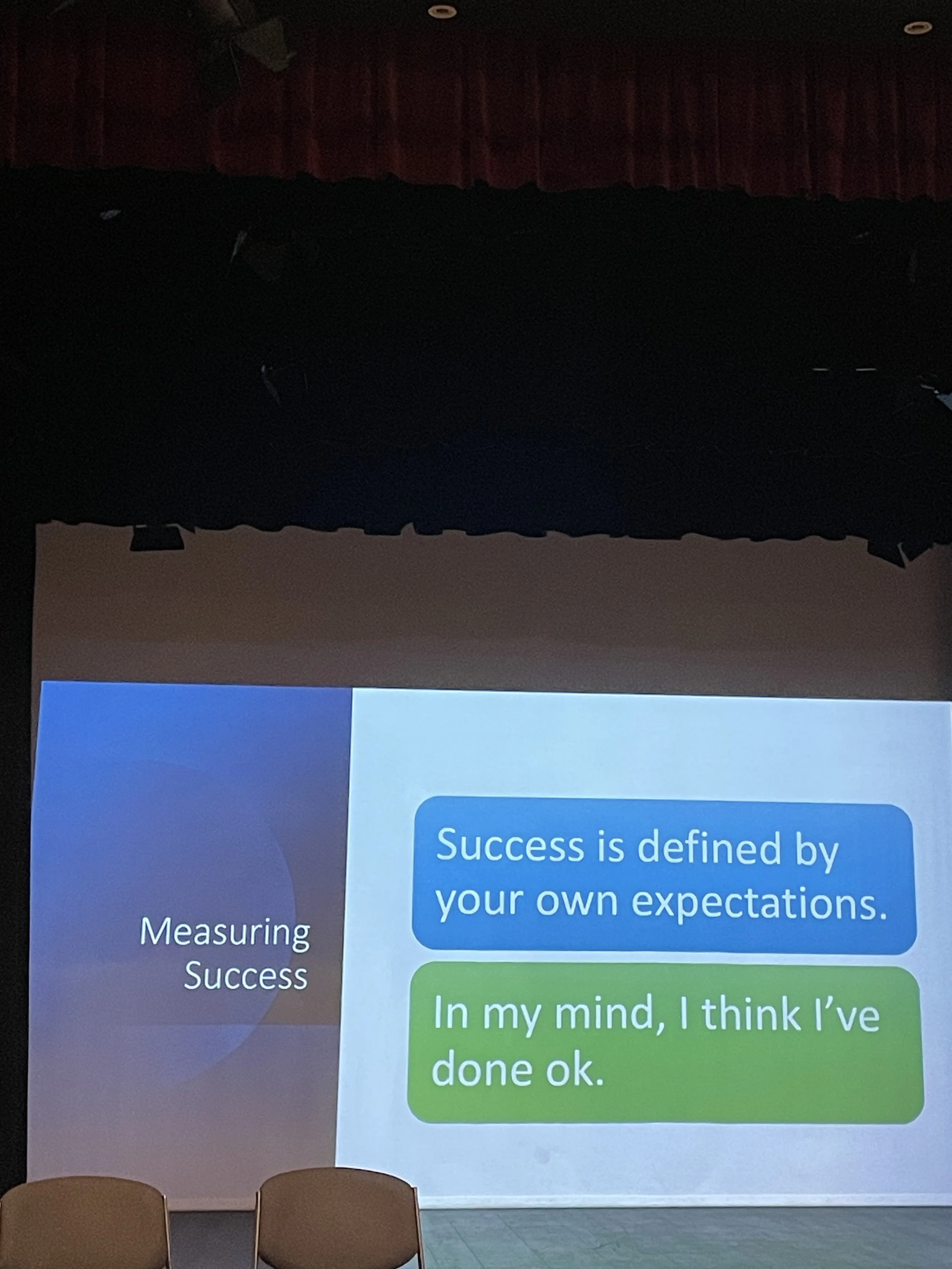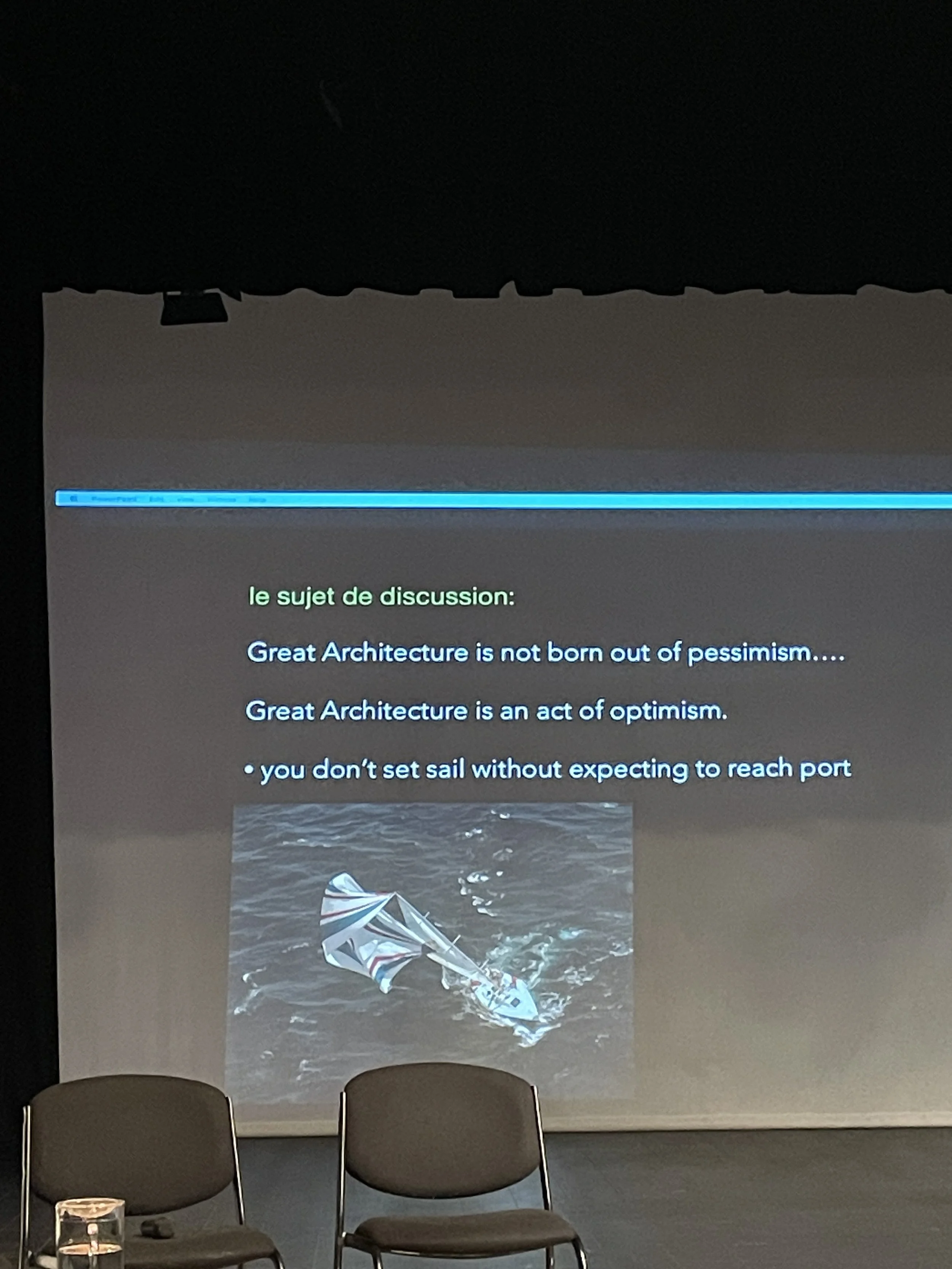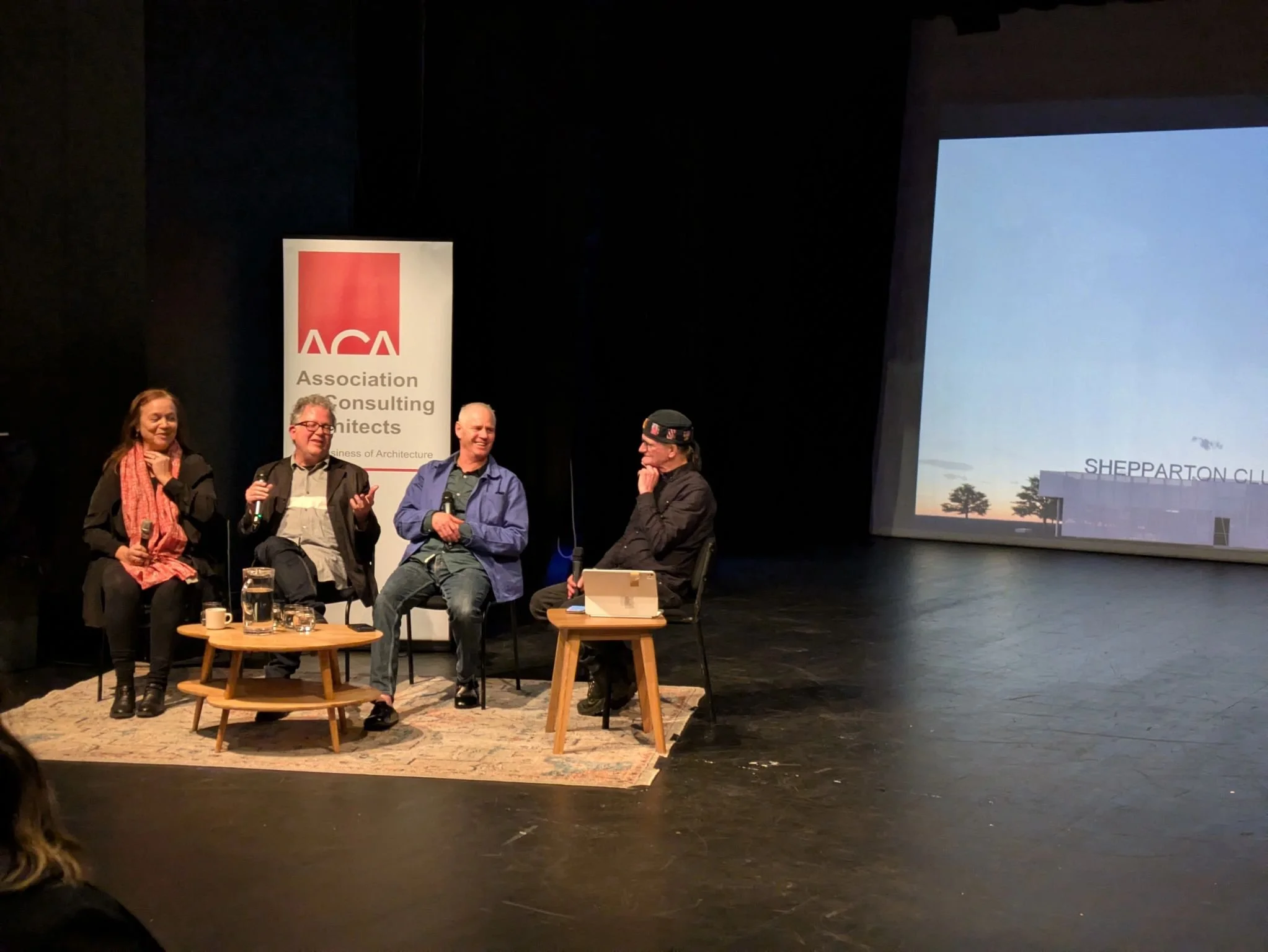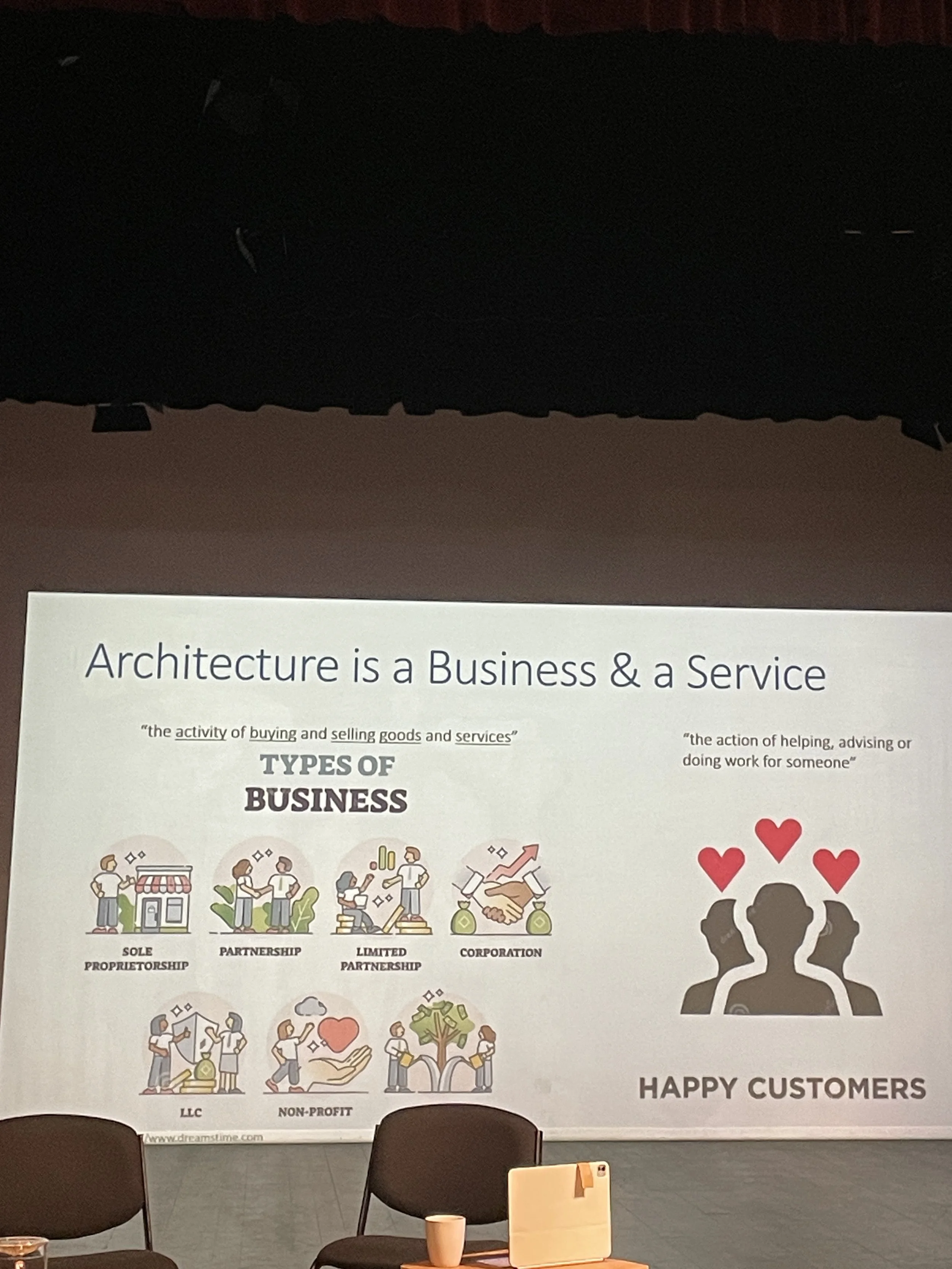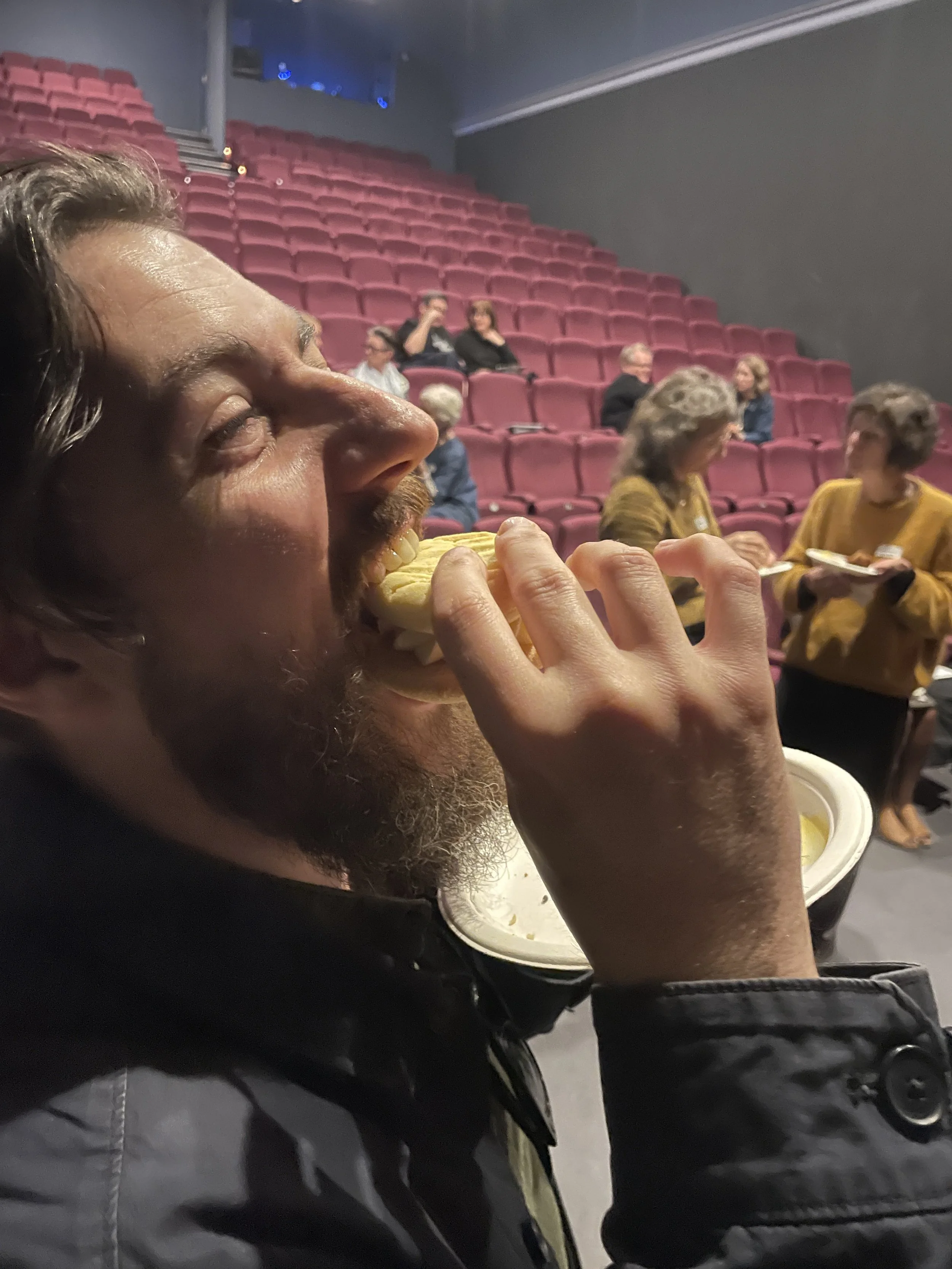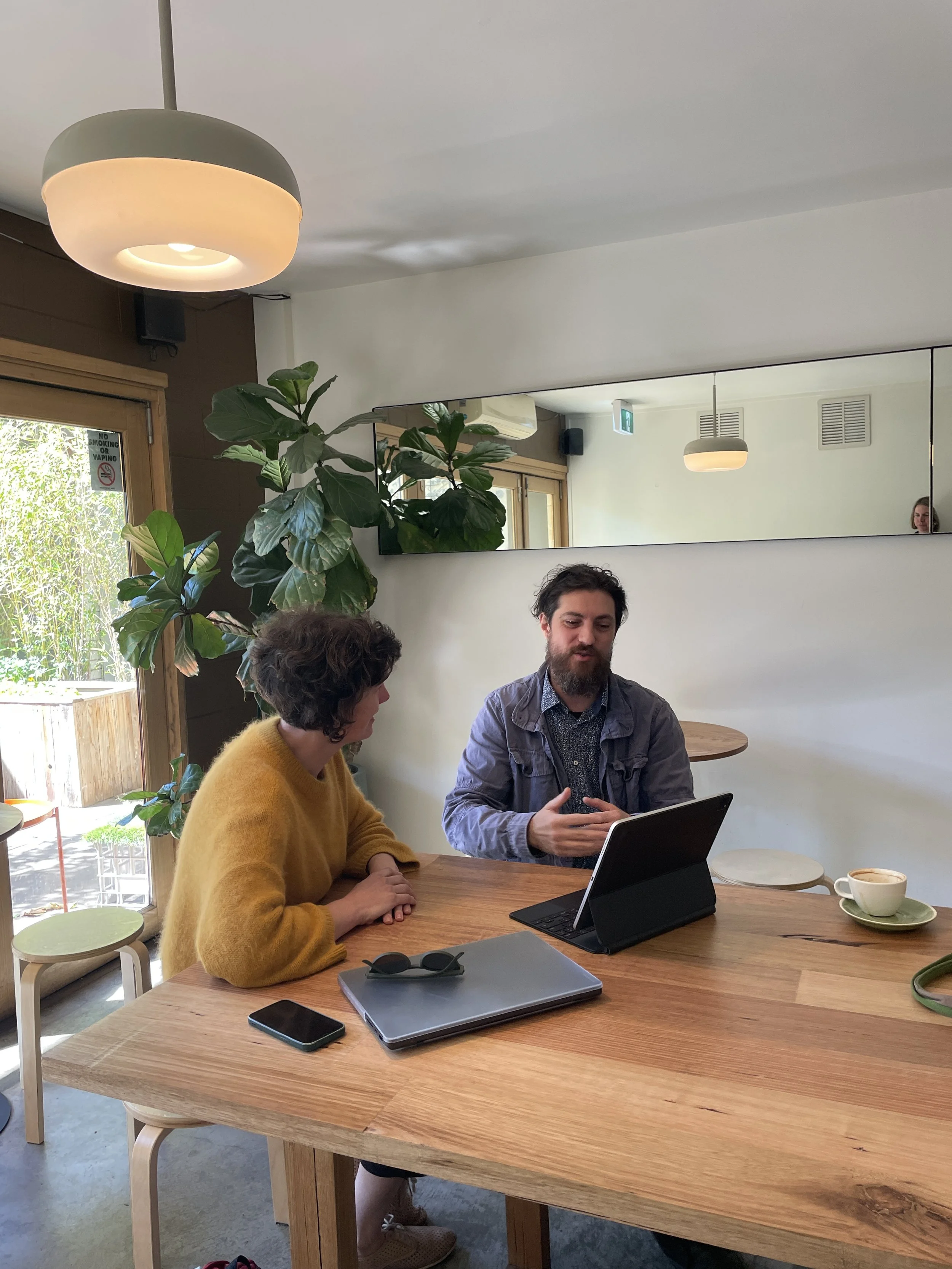Association of Consulting Architects - Regional Practice Forum 2025 - People, Practice and Place - DAY 1 notes
Dear Readers,
I was fortunate enough to attend the Association of Consulting Architects Regional Practice Forum for 2025. Held in the misty Mt Alexander Shire Valley on Saturday 25 - Sunday 26th October’25 at the Castlemaine Library (and Buda House on the Sunday), with a mixture of practices from regional and metropolitan Melbourne in attendance.
I’ll do my best to give you a short recap of each session and my take-aways. At every conference you should be able to not learn about the works of others, but what ideas and themes you can take away with you and apply in your own practice.
Angelina Pillai, the ACA’s CEO and patron (is that the right word?) of the conference was really at pains to make the point that whilst we are aiming for sustainability in built outcomes, we are not achieving sustainability in architectural practice. This event is about starting a conversation on how sustainable practice can be achieved - so the sustainable architecture can be delivered, well into the future.
@Katherine Ygosse the Vic/Tas Branch Manager, from my long journal notes, see if you can work out my suggestions on what is next for the ACA (and others) in advocating for the interests of architects in the community at large.
Session 1 was presented by Paul Viney, Director of FFPV. Paul wears a lot of hats, including as the National President of the ACA. It was quite a revealing and soul-exposing presentation of his life experience in the profession spanning over 35 years. We got to really look under the hood of his many practice experiences, as both staff member of the Board of Works and being a director of several practices. Paul was able frame most of his experiences as “glass half full” including the missed and lost opportunities. Really about putting everything in perspective, as “expectations are measured by ourselves” being a good reminder throughout his presentation.
Architectural practice in Paul’s view was really about:
1) People
2) Planet
3) Profit
They are all in balance and all in the framework that most / all architects are “dreamers” and “doers” who participate and want to leave the world in a better place, but an understanding of three keys above is needed or NONE can be achieved.
Some takeaways included see other architects as ‘colleagues’ and not ‘competitors’ (for future collaboration); encourage graduates and students to take an interest in construction as a means of realising architectural ambition rather than an obstacle and; don’t be fixed on the types of offerings architects can provide, as distinct from the traditional “full service”. For me colleagues as collaborators is key being in small practice. Hopefully this mentality of being seen as a “partner” rather than soley a service provider filters through to any clients we have had, that everyone is invested beyond the commercial relationships that we may have. These relationships are built around trust and lead to the best outcomes and most motivated team you can have.
Session 2 by Stuart Tanner (Tanner Architects, from Tasmania) became for me the step-dad of the conference - IYKYK. His interspersed “provocations”, featured throughout. This became like a Tom Gleisner style recurring joke where none of the irony was lost. Stuart was so clear in his presentation and strength of practice model. The act of architectural services is one of immersion and connection. To our clients, to our profession, to our ambition and to our context and environment.
Throughout Stuart’s presentation a number of his “provocations” were added, and these were familiar stories to all of us in the room. Stop me if you think that you’ve heard this one before:
- Memories are Scribes of the soul (Aristotle)
- If a professional's advice is rejected, don’t go back and ask for it again after the fact (in the case of one project moving to Cost Plus again ST’s advice - don’t ask what happened, but thank god for the written advice!)
- Architecture is an act of optimism
- When discussing budget, we can grow the wallet OR shrink the dream (I prefer the later)
- We are not just talking about cost, but what about wastage of building materials? Can we do with building less?
- Alter the Public Tendering EOI Process and glass ceiling - standardise the RFT process, level the playing field by taking fees and unreasonable obligations out of the equation.
Stuart’s presentation was also incredibly moving. We got an insight into the human behind the drawings, the ideas and very considered work in some of the most beautiful environ’s most architects might never practice within. Inspiration can come from many places, and Stuart draws on his love of music, nature, camping and free-diving (how he fits all this in? that will be for another conference).
On the topic of realising architectural ambition, Stuart laid bare that only around 5% of his 300 projects have ever been completed - as in his firm has involved in all stages. Not to say that the remaining 95% did not meet his own expectations (says nothing of the client - but their rationale in side-stepping or altering the architects involvement could be unpacked further, and questioned whether good value was acheived without the architect), the point of this is to remind everyone that architectural services are more than just the end product - a whole considered process, design rarely finishes until the building is finished, but the process is centred at the client’s needs and agency at all times.
Inserting provocations became a theme for the forum well into Day 2.
Stuart was able to use several of his projects as narrative devices for the above provocations. We got the best of both worlds, a look under to hood on Tanner’s inspiration and idea generators, but also how his practice acumen help him get simply otherworldly architectural outcomes for himself and his clients. This led to some excellent discussion in the room about challenging the removal of Fee Scales, but looking at Time Scales instead. Tanner even suggested, “Everytime we speak to government about fees, they always think that we are being greedy”, and one audience member responded by saying “how can we be accused of being greedy of all of our fees are the same? They are proportionate to the tasks being asked of them for the scope and budget”.
Session 3 by Anna Nvernga and Toby Reed (Nvergna Reed) were able to showcase a handful of their projects - and publishing activities - as their pathway to longevity in small architectural practice.
By being involved in the publishing world has helped NR to be agile and always be contributing to the profession. Also by challenging a client’s brief, and at the end of the day - remind them of your professional obligations to them - has even created new opportunities. This included the Central Goldfields Art Gallery / CGAG, located at the former Maryborough Fire Station for Central Goldfields Shire Council, originally as an access upgrade became a more sophisticated and comprehensive refurbishment that has given the local township much greater value and opportunities that could have ever been originally foreseen - by enhancing the heritage and architectural qualities of the original fire station complex, and in some ways “taking away” more than “adding too” to create a gallery and public space.
Not just this project, but also the Quaker’s Meeting Place in West Melbourne (with pH Architects), whilst originally intended as a religious gathering place for transcendence and worship, it also takes on another life as being a space for rental and hire by adjacent groups - economic and social opportunities not previously imagined now unlocked.
Some excellent take-aways for NR’s presentation included “embed the intent” in the budget. This is so that the core ideas must be protected in the project, and cannot be removed say if less-favourable tendering / cost planning comes about.
The other one was remove “I” from everything that comes out of your mouth. Instead pass on “enlightenment” to the client. The moment you insert “I” into the project it takes the client out of imagining the project as their own.
Also remind the client that “they are in good hands” as often as you can. Integrity, faithfulness and trust matters!
Good professional chat with Anna Nevernga, Toby Reed, Stuart Tanner and our host Brad Hooper.
Session 4 was a combination of 3 emergent practices giving a summary of their Pareto Affects - but none of them admitted this!
Sarah Hobday-North from ArchitectGP and Value Architects Group gave something of a Temu-Ted talk (sorry Sarah if you are reading this), she practically stormed the stage, and proclaimed that “95% of the market are where they are - because who am I to change them. I want to meet them where they are!”. By this she has designed a business that offers very short low cost services, modelling her delivery mostly on the Telehealth Model. Be as accessible to the most amount of people as possible. Diagnose their built environment problems, and offer a service (cure) that suits them best. If they are not going to use architects, then let them - but we can still give everyone ideas on sustainability, space, relationships that can be resolved with only minimal involvement.
I love this photo - just give Sarah a stethoscope and call it done!
For her, the product is not the service. It’s not the built outcome. It’s the “ah-hah” moment they experience by meeting their architect - not unlike a GP for a health consult.
Silas Gibson from Sense of Space Architects, based in Gisborne Victoria, offered that architects can unlock opportunities with mass developers by developing repeatable design models based on sound sustainability concepts and use of conventional materials and building systems but though using less. Further from a business perspective, work with as many collaborators as possible and that in-house staff is not the only vehicle for running a practice. Not new ideas certainly, but with good systems in place it has made SOS a sustainable practice.
Jean Graham from Winter Architecture, based in Torquay Victoriam gave an account that really spoke to the need of flexibility in work-life-balance in the profession, and didn’t need a pandemic to unlock this - her team has been doing this for over a decade. Her own practice advocates for as much flexibility in how their staff work and operate. They have always had access to their desk, library, cafe, public place to work - OR the offices set up.
Graham also emphasised that if the universities are moving away from work-experience, and construction knowledge being part of architectural education then the onus of offering falls to practices to provide these, but not solely at their financial expense or detriment. Similar to how TAFE and other vocational providers often secure subsidised paid work experience for their students.
TAKEAWAYS
Ask Katherine Ygosse and Angelina Pillai where they got “the largest yo’s yo’s” known to humankind. Next time, - a showbag as part of the takeaway…!
Sessions 1 - 3 are really about what works in practice. Naming the elephant in the room, each has been practising for between 2 - 3 decades, and certainly not claiming that everything for each has worked, OR been successful, without this experience neither would be in a position to offer these success strategies. Whilst Stuart Tanner offered “provocations”, none were particularly provocative - they were reasonable. All practitioners have different ways of architectural expression. But reasonable ideas that can be applied to your own practice - that’s what audience members are interested in.
Session 4 really spoke about the inherent RISK of emergent practice, that is ones that have been operating for 10 years or less. Some ideas stick, others less so. Less reliance on systems, but more on ideas and sweat equity to make them work. However the RISK of ideas not sticking can lead to missed opportunities, or worse, extreme financial consequences. This says nothing about the vulnerability of the financial circumstances of their clients, NOR of the economic circumstances their projects find themselves within IE. low interest rates, or prohibitive planning / building permit processes. Architects, particular practice owners suffer the hardest as a result of this.
*****
WHERE TO NEXT FOR SUSTAINABLE ARCHITECTURAL PRACTICE?
Lisa Merkesteyn (Remark Practice) and the author unpacking where more opportunities for practices with local government lie - beyond the public tendering processes
@Katherine Ygosse, from my notes, some takeaway’s including areas that the ACA (and others including ArchiTEAM and the AIA could pursue:
- Public RFT’s need a major overhaul!
- Every LGA needs to use a standard Request for Tender Document. Most appear rushed and unclear about the tasks, roles, responsibilities and liabilities. Using the AIA / ACA / ArchiTEAM client architect agreements as the baseline for these would create a more level and fair playing field.
- This sets aside the numbers of participants and entries, which anecdotally are very high (more than 12 and less than 40 is not uncommon during 2022 - 2025). This is usually 3-4 days of unpaid labour multiplied, meaning extremely high risk / reward. I have other ideas on how to address this, but that will wait for another day.
- If not Fee Scales, then Time Scales
- Several members in the audience challenged the ACCC’s ruling of removing the former Fee Scales as being anti-competitive. However, the sense in the room was that rampant competition was detrimental to the profession and to built environment outcomes. The quest to lowest cost on fees is itself anti-competitive and not in the interests of a profession that is obliged to offer safe workplaces to their staff. In other words, charging equivalent 1% fees might win jobs but it doesn’t save practices - it must stop!
- An acknowledgement that employees have workplace protections, unions and the like that protect basic working conditions, but Directors of practices have no such protections.
- Greater collective action shared by all the Professional Bodies, borrowed from Trade Unions, Workplace Unions to negotiate for better practicing conditions and making a more informed community why this is important - fairness means everyone wins!
- Not to mention high liabilities being asked, ie “best” or “international” practice which most insurers won’t cover.
- A defined floor of time for projects / services / tasks IF lump sum charge out models should be agreed on.
- Universities need to offer more construction knowledge, and options for sponsored on-the-job education.
- To address a perceived “skill drain” in the industry of recent graduates, to make them job ready.
- Hard to say the real numbers, but the overwhelming majority of practices are less than 5 staff members. To ask the majority of practices to subsidise learning at their experience is unequitable. Given the risks in industry, this is a financial burden that the majority of practices cannot bear. Therefore universities (and other bodies) should subsidize on-the-job work experience in the same vocational training is.
- To not address this is to have an industry that outsources the skill gap, have graduates not even participate, but also to have an industry that is aging prematurely - potentially limiting innovation and technology uplift opportunities.
- Architects to think like GP’s - full services is not the only pathway to practice, short consults can work
- This is really about raising awareness of our value add, but also demystifying stereotypes about the cost of the profession. Professional fees are expensive but they are valuable. It’s about reminding ourselves that our experience and skills are valuable, and offering full services is not the only way to amortise this. That’s the point of being a professional in the first place - your professional opinion matters.
*******
If you were there for Day 1, let me know what you think.
Cheers,
**Several of the photos with thanks to Sarah Hobday-North, Angelina Pillai and the author.
Redmond Hamlett is a Director (Projects) at WHDA Design & Architecture.
